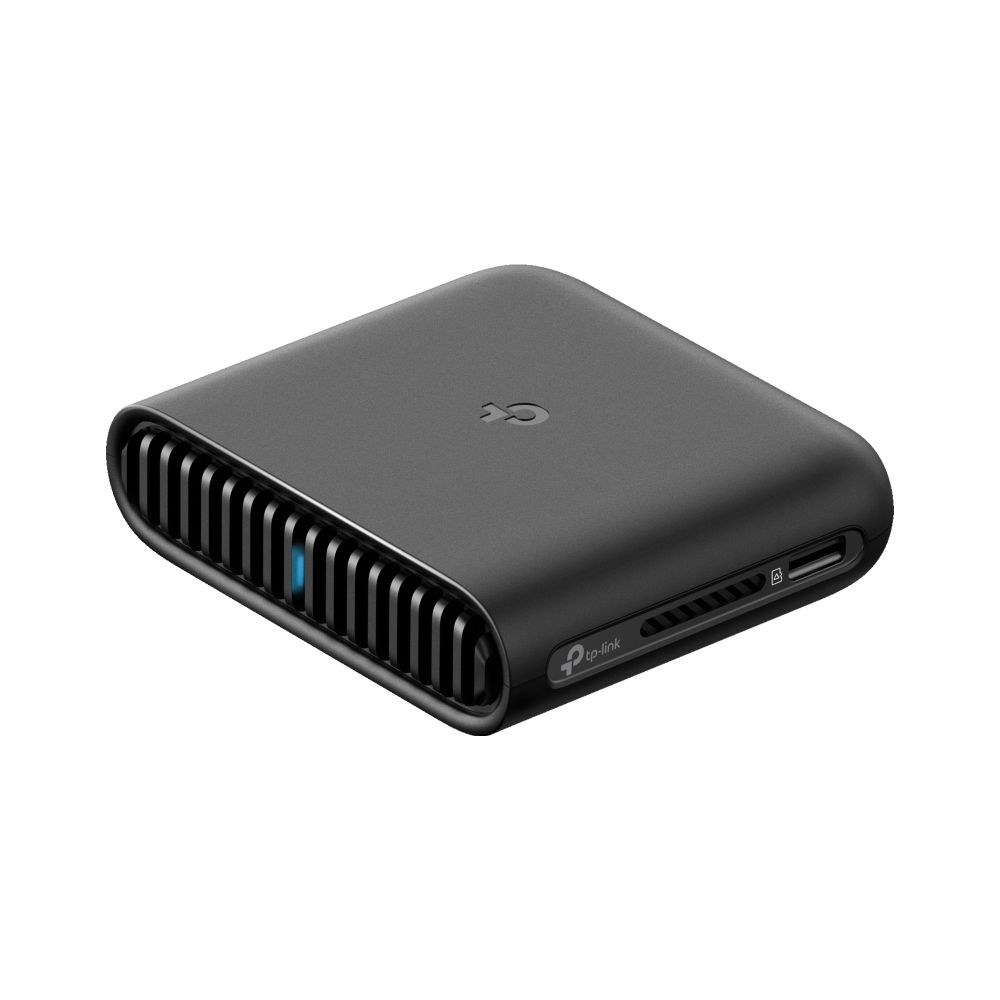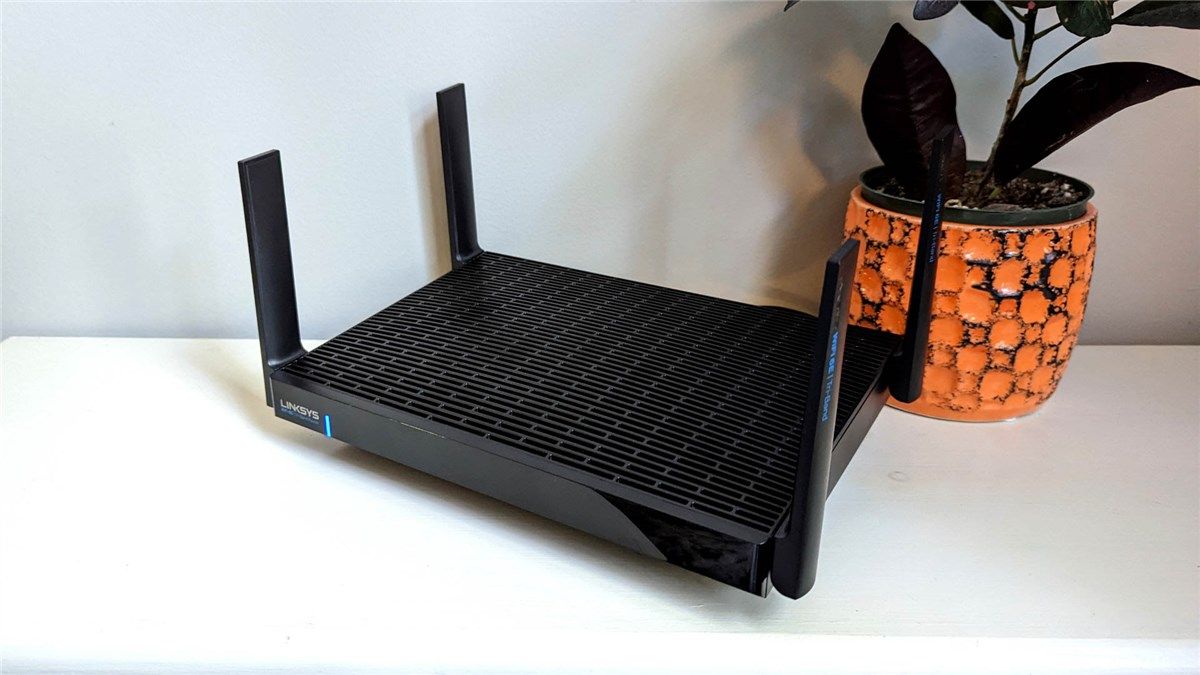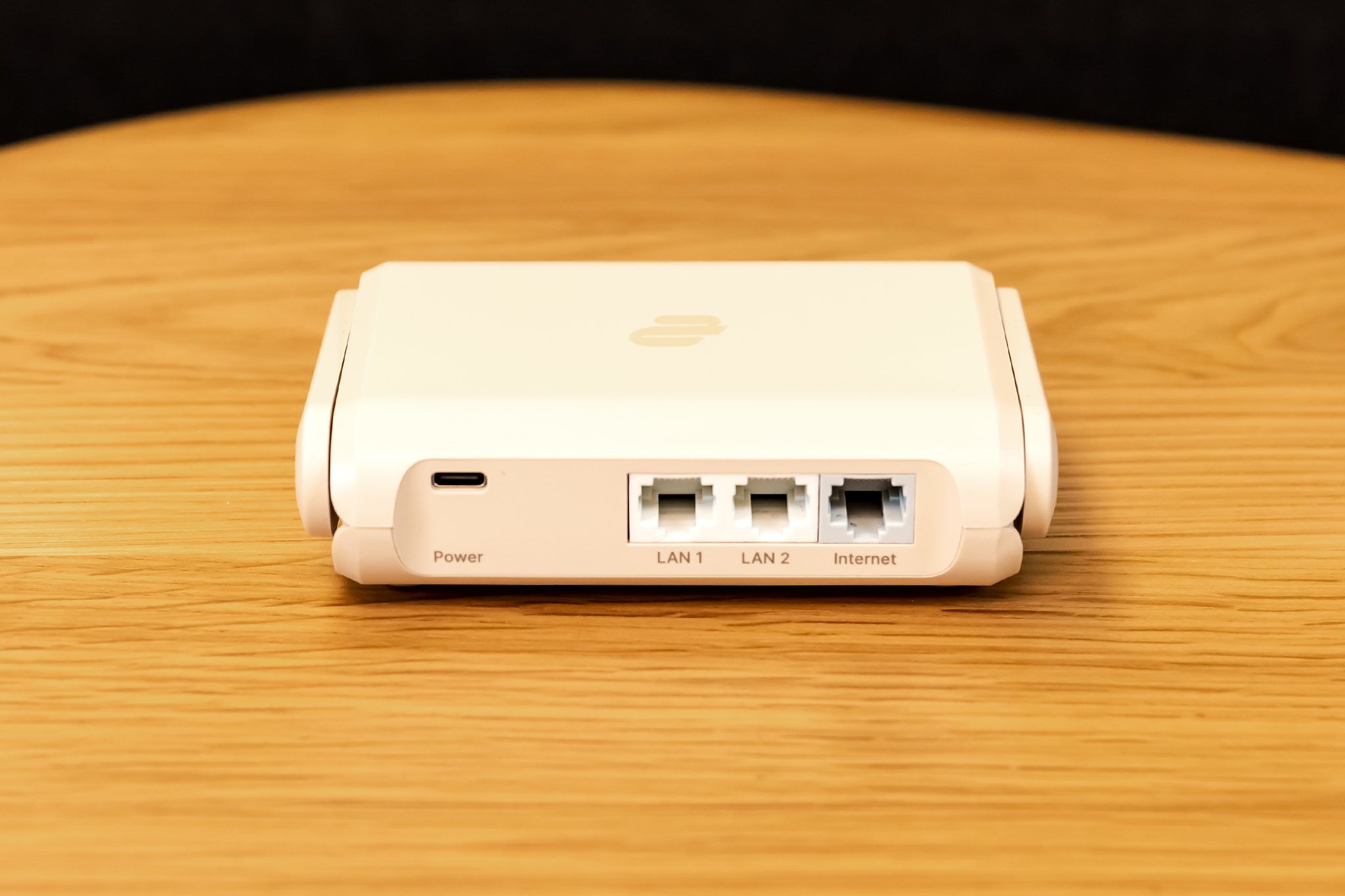Reliable internet is one of those things we’ve come to depend on day in and day out for work and leisure, but it seems like half the time I’m traveling the Wi-Fi is a pain. There aren’t any perfect solutions, but a travel router has made my life much easier, and it is only the size of a small portable battery.
Wi-Fi Is Often Limited in Hotels
If you’ve traveled extensively, you’ve probably encountered a Wi-Fi network that only allows a certain number of connections. Once, staying in a hotel in New York City, I encountered a Wi-Fi network that only allowed two connections per room. Everything after that cost extra.
I wasn’t traveling alone, and between the two of us, just connecting our phones instantly used up both slots. We wound up having to tether our laptops to our phones to bypass the device limitation. It wasn’t difficult, but it was extremely annoying, and that was only for two phones and two laptops for two people.
If you have a larger room with more people, or even just more devices, the annoying factor grows exponentially.
And sometimes, worse yet, you’ll have to pay per device.
A travel router can completely prevent this situation. All you need to do is attach the travel router to the Wi-Fi, then connect every single other device to the travel router instead. That saves you the trouble of setting up a mess of nested tethered connections.
I tend to carry at least two devices with me at all times (a laptop and phone), but the people I travel with usually also carry at least one handheld gaming console each, plus a phone and laptop.

- Brand
-
TP-Link
- Wi-Fi Bands
-
2.4GHz, 5GHz
- Ethernet Ports
-
1x1Gb LAN Port, 1×2.5Gb WAN Port
- USB Ports
-
1 USB 3.0 Port
- Speeds
-
Up to 2.4Gbps
The TL-WR3002X features Wi-Fi 6, and allows you to connect up to 80 devices simultaneously to the travel router.Once connected, the router is able to navigate captive portals, which normally require you repeatedly input information to use public Wi-Fi.It also has two ethernet ports: a 1 gigabit ethernet port for LAN, and another 2.5 gigabit ethernet port for WAN, if you have access to a physical ethernet network, and a USB 3.0 port. It has a microSD card slot, which can be used to store files and make them accessible to every device that connect through the router.
Setting Up Wi-Fi Multiple Times Is Annoying
Even if you don’t have to contend with paying per device, or a limited number of Wi-Fi slots, setting up the Wi-Fi connection on each device tends to be annoying. This is especially the case if you have to work through a janky captive portal each time—those pages that require you to agree to their terms and conditions before you can connect to the Wi-Fi.
Most travel routers can handle those automatically, or, at worst, require you to go through it once to get the router connected. All of the other devices just pass through the travel router, saving you the hassle.
If you’re lucky enough to have a room with an ethernet port, most travel routers let you plug directly into that instead, which will probably offer better performance than the Wi-Fi in most situations.
Public Internet Security Can Be Spotty
If you use public Wi-fi with any regularity, you’ve probably had your phone or laptop warn you about the lax security settings on at least one occasion.
Despite well-known vulnerabilities, public Wi-Fi often uses older, more lax security standards to ensure compatibility with a large number of devices. I could probably count the number of times I’ve encountered a hotel or public WI-Fi using WPA3 on one hand, despite the standard now being about 7 years old.

What Is WPA3, and How Do I Get It On My Wi-Fi Router?
Are you using the latest Wi-Fi security standard?
In theory, this shouldn’t matter much for really sensitive uses—HTTPS (which is an encrypted standard) is used when communicating with websites like your bank. However, nothing is perfect, and there is certainly no harm in using a VPN to add an extra layer of protection.
Here, travel routers shine again. They let you encrypt all of your internet traffic before it ever touches whatever Wi-Fi network you’re connected to, which reduces the odds of your data being compromised to as close to zero as is reasonably possible.
Most travel routers offer a few different options. The one I’ve tested most extensively, the TL-WR3002X, supports OpenVPN, WireGuard, PPtP, l2TP, Surfshark, and NordVPN. I typically use WireGuard, since I have it set up to connect to my home network first. That also gives me access to a few devices on my home network (like my NAS) that is very handy.

What is Wireguard, and What Makes It a Worthy VPN Protocol?
It has its strengths and some drawbacks to be aware of.
Local Storage Is Extremely Convenient
Though not all portable routers offer it, many can function like a miniature NAS. Just pop in a microSD card or attach a USB drive (either a flash drive or portable SSD) to the USB port, and boom. You can access the files using the app.
I’ve used this occasionally to make sure everyone has access to offline copies of maps, store work files, and a few other things.
If you want to opt for something really fancy, you can also get travel routers that have a built-in cellular modem. That allows you to plug in a single data SIM (or eSIM) and connect a bunch of devices through a single data line. In practice, I prefer to avoid devices that are “jacks of all trades,” so to speak. I’d recommend considering a separate cellular modem that can connect over USB or ethernet to a regular travel router using an all-in-one unit.









Leave a Comment
Your email address will not be published. Required fields are marked *